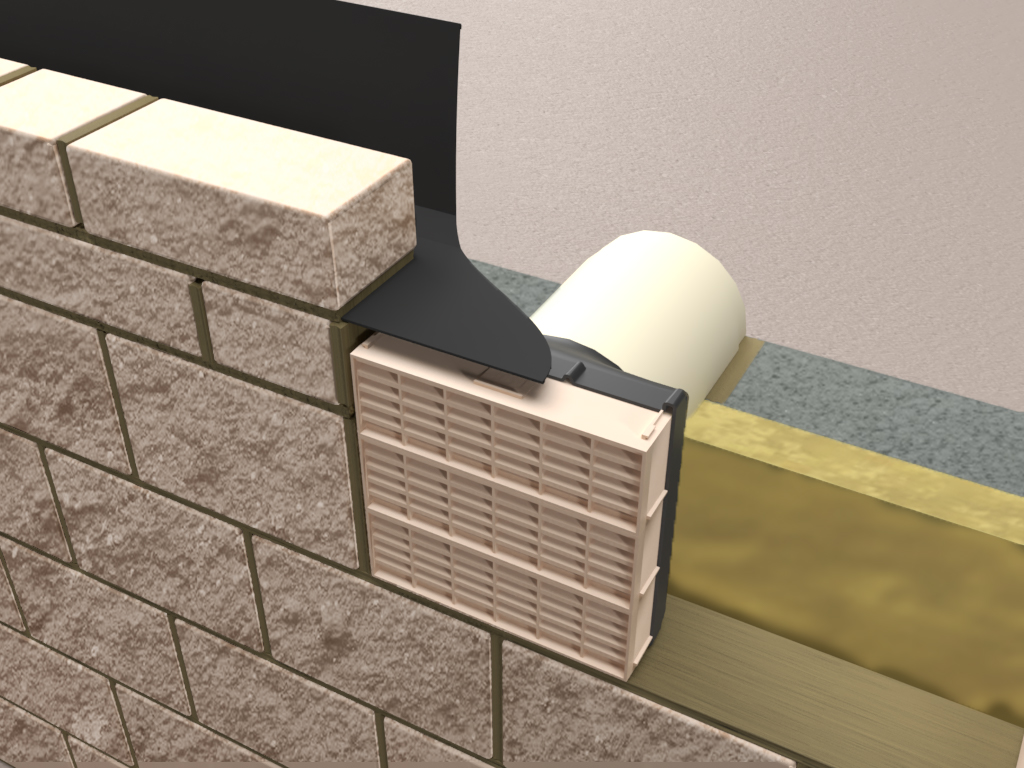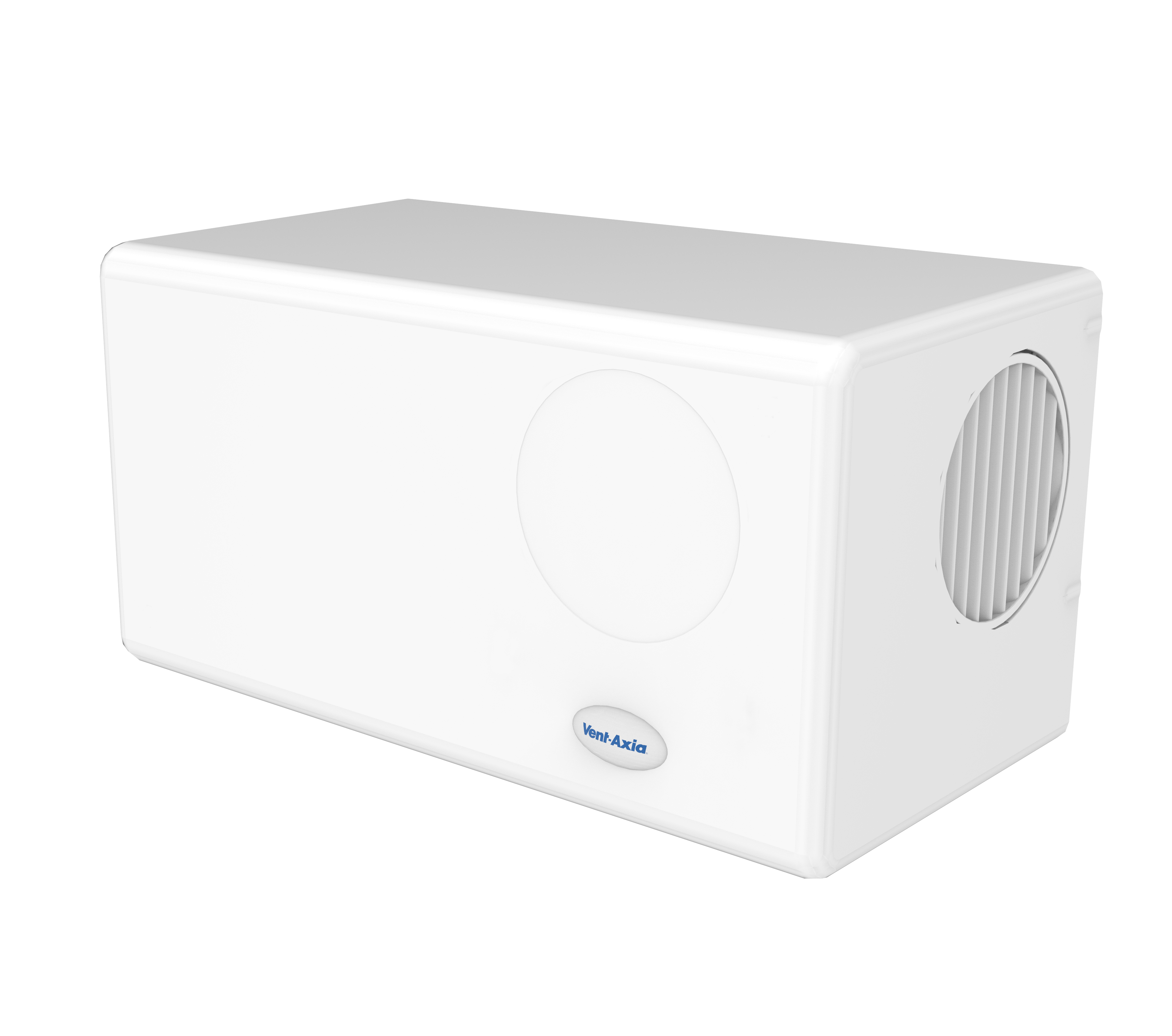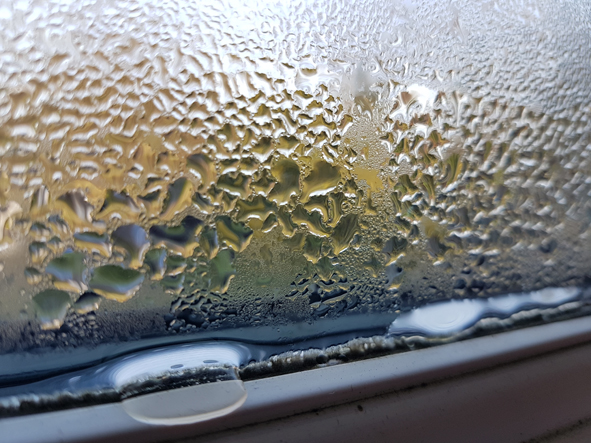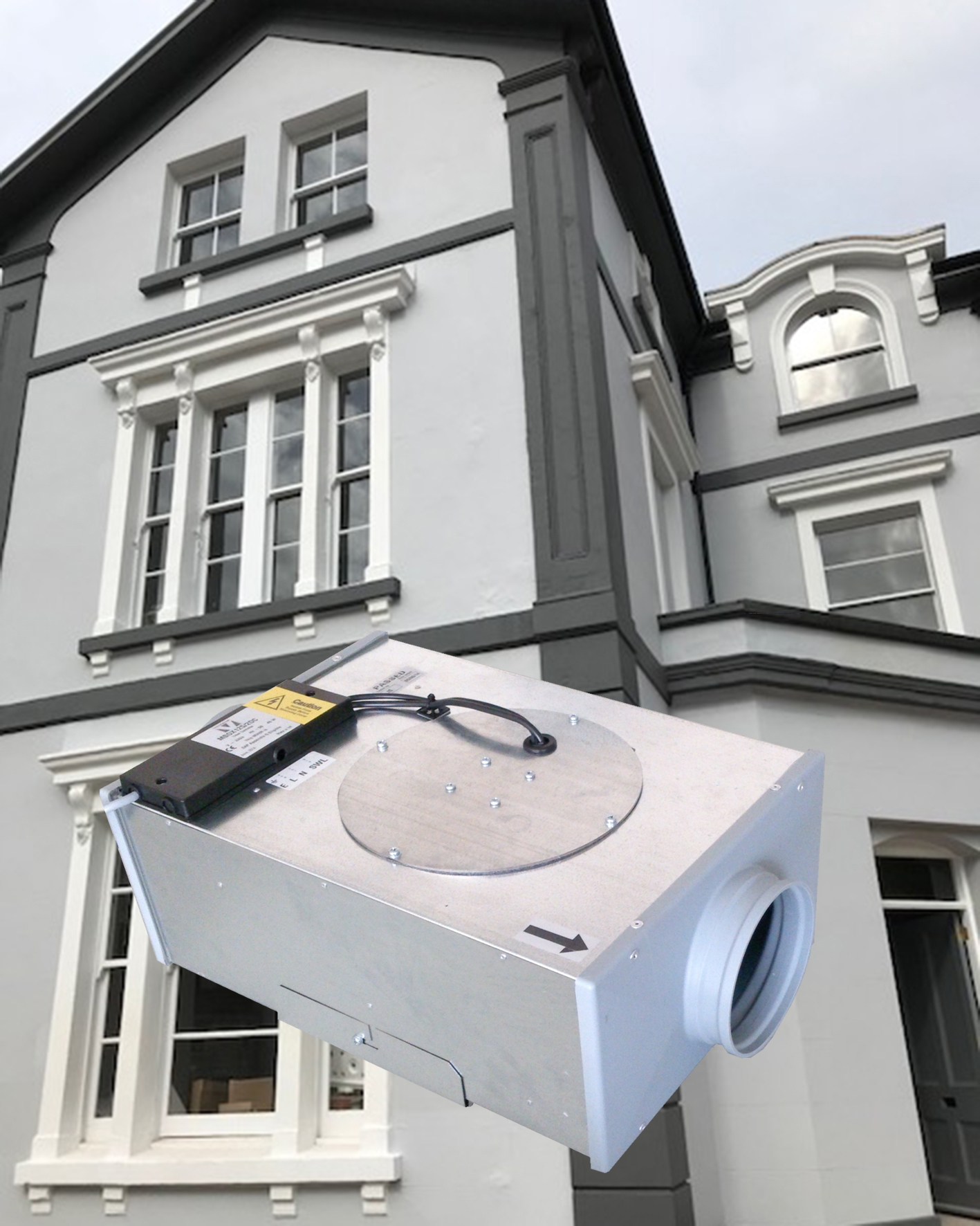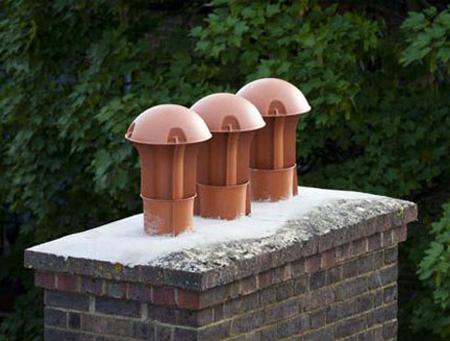Vent-Axia's PIV tackles mould and condensation in test home
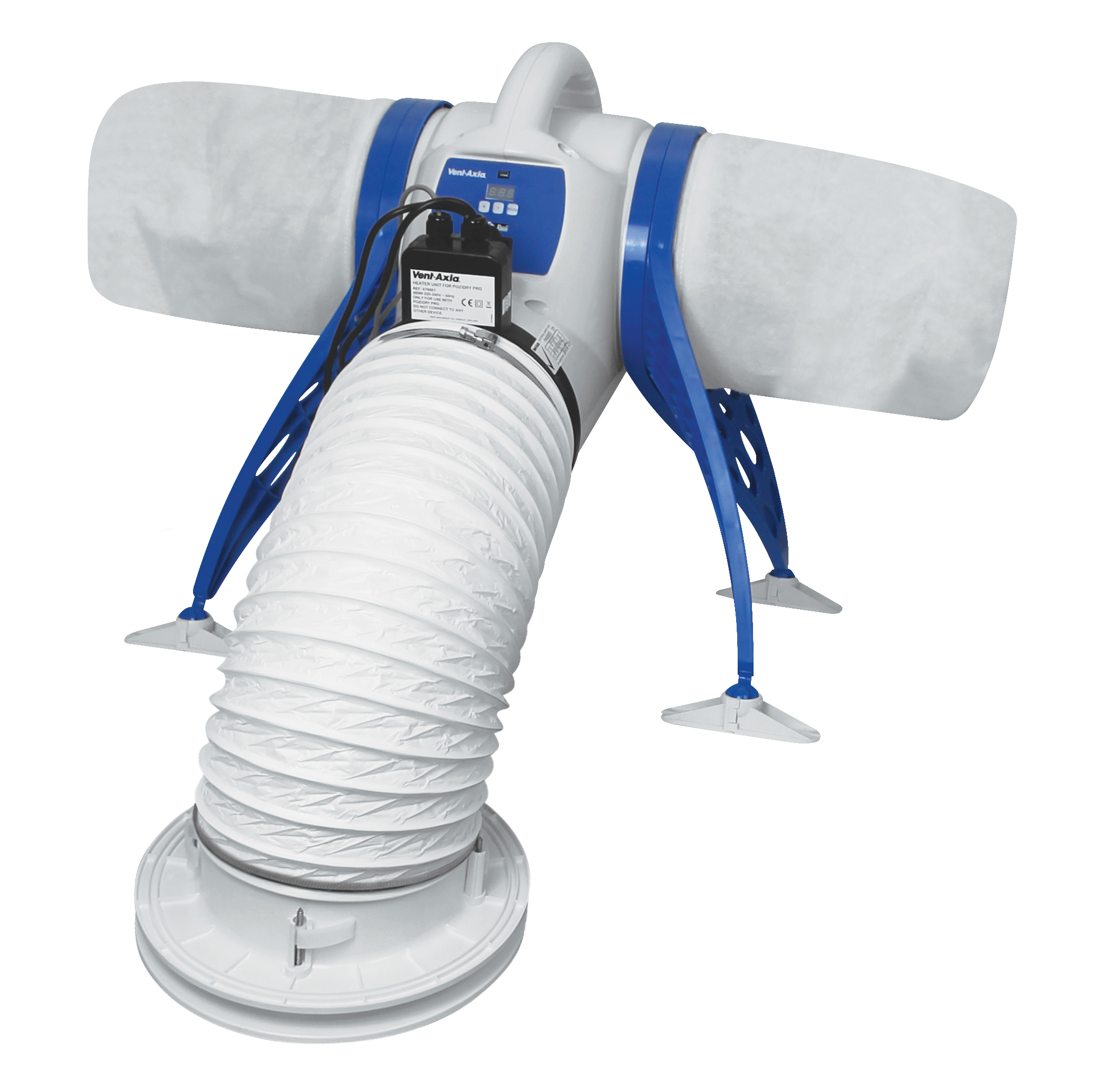
Leading British ventilation manufacturer Vent-Axia has put its Lo-Carbon PoziDry Pro™ Positive Input Ventilation (PIV) to the test in a real home environment. The PoziDry Pro was installed in a 3-bed home in Reading which suffered from an ongoing condensation and mould problem. Air quality data from before and after the PIV installation showed a sharp decline in both total volatile organic compound (VOC) levels and mould VOC levels after the system was installed, whilst also successfully tackling condensation and mould.














